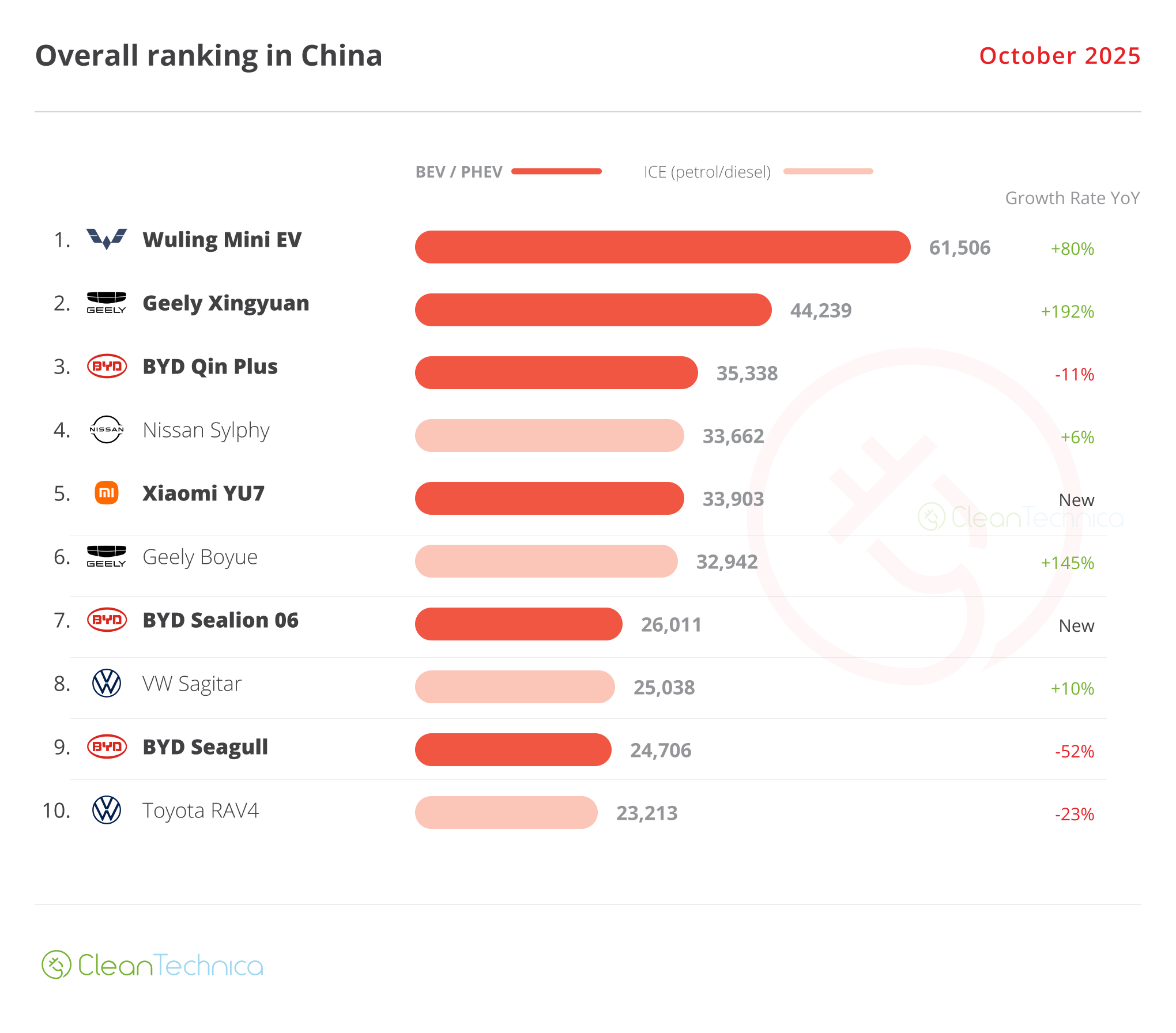Sign up for daily news updates from CleanTechnica on email. Or follow us on Google News!
In order to run cars that don’t have a steering wheel on US roads, automakers must secure permission from the National Highway Traffic Safety Administration. It’s part of US auto safety rules. Last week, Tesla CEO Elon Musk revealed his long-awaited prototype robotaxi fleet and assured the very receptive audience that volume production would be possible. What was left unsaid, however, was that its Cybercab isn’t currently allowed on US roads, and, even if it were, the lack of a steering wheel is another regulatory hurdle that needs to be overcome in order to activate this fleet for daily use.
What would it take for Tesla to put the robotaxi fleet on the road in a given year — which could amount to thousands of the vehicles? It would need to engage in some significant lobbying to redefine what is now a haphazard series of different policies at the federal and state levels. Success in this lobbying could make the difference between elevating the Tesla brand to a level well beyond its competitors or offering the product to what Bloomberg suggests is a small “niche” market.
The National Highway Traffic Safety Administration (NHTSA) acknowledges that the continuing evolution of automotive technology may be able to handle the whole task of driving when we don’t want to or can’t do it ourselves. Even with recognizing that the autonomous aim is to deliver even greater safety benefits than earlier technologies, though, the NHTSA has limited the number of autonomous vehicles that manufacturers are allowed to 2,500 vehicles per year.
That limit is well under the amount that Musk envisioned during the We, Robot event, when he said Tesla would “make this vehicle in very high volume.”
While the robotaxi fleet reveal was a glittery, futuristic Hollywood spectacle, it didn’t address how Tesla will make what is a substantial transition from it current full self-driving (FSD) mode to fully autonomous vehicle essential to a ride-hailing service. Drivers who spoke to Reuters described critical shortcomings with the technology, including sudden unexplained acceleration and braking. Some have quit using it in complex situations such as airport pickups, navigating parking lots, and construction zones.
Musk coyly mentioned during the robotaxi fleet unveiling that while Tesla anticipates the Cybercab production line in 2026, he’s also known for being “a little optimistic with time frames.”
Necessary early lobbying hasn’t yet take place, it seems.
- NHTSA noted on Tuesday of this week that Tesla hasn’t requested an exemption for the Cybercab.
- The company also has not petitioned California for a driverless testing or deployment permit, although competitors Alphabet Inc.’s with its Waymo and GM’s with its Cruise unit have already done so.
The Disconnect Among Federal & State Governments Over A Robotaxi Fleet
Automation is now an integral part of our western human lives. Look out your window at the trash removal truck: an autonomous arm picks up and empties the garbage cans. Elevators and railroad crossings work independent of human intervention. So many areas of our lives are now automated that we don’t even seem them right before our eyes.
Also called “self-driving cars,” these vehicles are likely to be the next innovation in everyday automation. A vehicle that is fully automated will be capable of controlling all aspects of driving without human intervention, regardless of whether its design includes controls for an actual driver. Companies researching a robotaxi fleet take different design approaches to whether their designs will or will not include controls allowing for a traditional driver.
At future full automation levels, the system is fully responsible for driving tasks while occupants act only as passengers and do not need to be engaged. When engaged, the system handles all driving tasks while the former driver, now the passenger, are not needed to maneuver the vehicle. The system can operate the vehicle universally – under all conditions and on all roadways. A human driver is not needed to operate the vehicle.
Right now, however, the US legislative infrastructure has not addressed rules and regulations for these autonomous cars to become commonplace on the roads. While other countries, like Germany and Singapore, have enacted systems to make the testing and implementation of autonomous cars more efficient, the US turns to state laws to regulate autonomous vehicles.
US federal and state governments have yet to achieve uniformity in their automated vehicle laws and regulations. That adds a layer of difficulty for manufacturers who’d like to enter this new realm of automotive engineering. Even though testing is currently the top priority, the NHTSA anticipates autonomous vehicle legislation to evolve rapidly and desires to issue new regulations annually in preparation for deployment. There is a trend in going through the state governments implementing autonomous vehicle legislation by evaluating current laws and regulations to address unnecessary impediments to testing and deployment.
As automated driving systems developers continue to improve their systems, they validate their laboratory and track-testing with controlled testing on public roads. Now states and companies can voluntarily submit information about automated vehicles and testing to NHTSA, as part of the AV TEST Initiative. The interactive tool was developed so the public can view the information.
Final Thoughts
Automated vehicles are predicted to have numerous benefits to society. Autonomous vehicles have the potential to increase efficiency, safety, environmental benefits, and equity in the transportation area. However, these benefits are not guaranteed until design, planning, policy, and implementation frameworks play their roles in bringing these benefits to the community.
Tesla’s autonomy’s safety benefits are yet to be proven. It’s been a decade of halting development progress thus far, which points to a reality that actual, scaled self-driving vehicles will still take far longer than what the automotive industry initially promised. Importantly as a heavily regulated transportation innovation, a robotaxi fleet, according to most state and federal authorities. would be the responsibility of the Tesla driver/ owner — whether or not they use driver-assist software.
Over the last decade Musk has promised that Tesla is on the precipice of delivering self-driving cars. Tesla will need to demonstrate that it has developed a reasonably safe automated driving system if it is to transcend US regulatory hurdles. So far, that goal has been elusive. Assuring public safety will be imperative if the company is to lobby federal and state authorities to allow its robotaxi fleet onto US roads.

 Chip in a few dollars a month to help support independent cleantech coverage that helps to accelerate the cleantech revolution!
Chip in a few dollars a month to help support independent cleantech coverage that helps to accelerate the cleantech revolution!
Have a tip for CleanTechnica? Want to advertise? Want to suggest a guest for our CleanTech Talk podcast? Contact us here.
CleanTechnica uses affiliate links. See our policy here.
CleanTechnica’s Comment Policy




